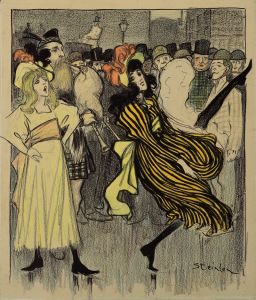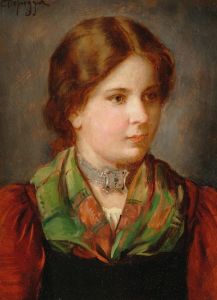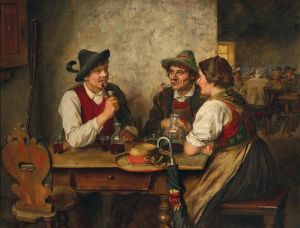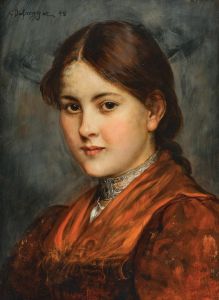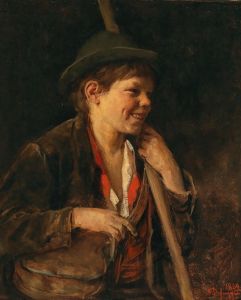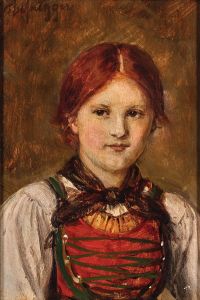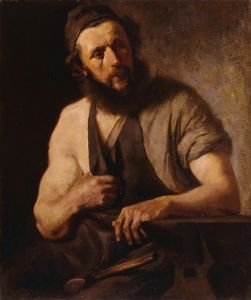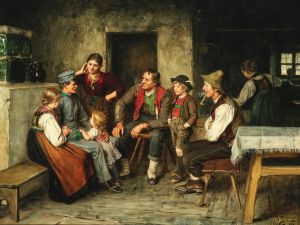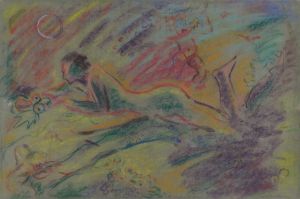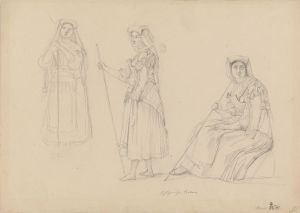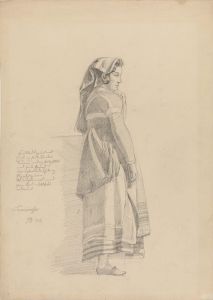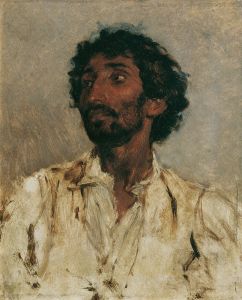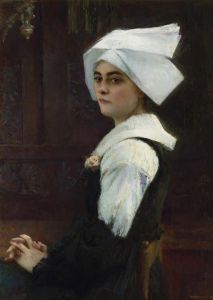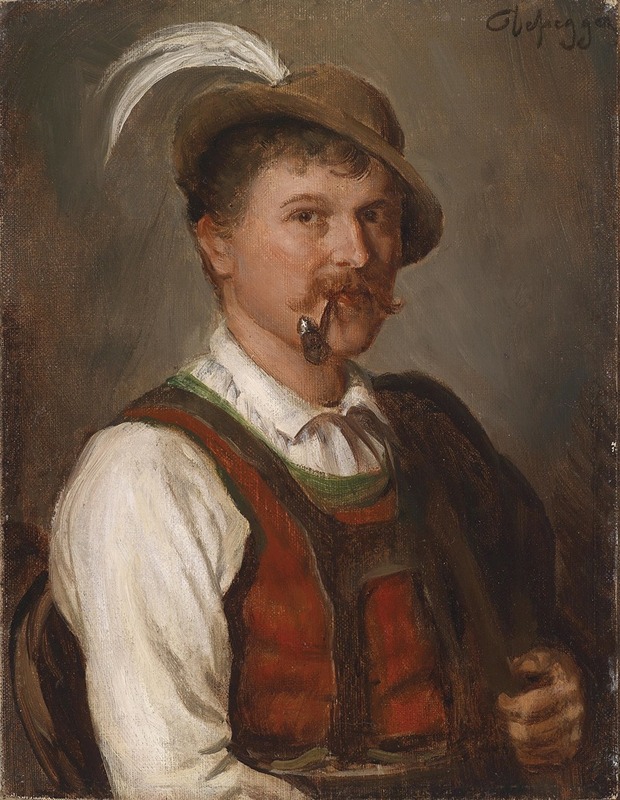
Junger Bursch in Sonntagstracht
A hand-painted replica of Franz von Defregger’s masterpiece Junger Bursch in Sonntagstracht, meticulously crafted by professional artists to capture the true essence of the original. Each piece is created with museum-quality canvas and rare mineral pigments, carefully painted by experienced artists with delicate brushstrokes and rich, layered colors to perfectly recreate the texture of the original artwork. Unlike machine-printed reproductions, this hand-painted version brings the painting to life, infused with the artist’s emotions and skill in every stroke. Whether for personal collection or home decoration, it instantly elevates the artistic atmosphere of any space.
Franz von Defregger was an Austrian artist known for his genre paintings that often depicted scenes of Tyrolean peasant life. One of his notable works is "Junger Bursch in Sonntagstracht," which translates to "Young Lad in Sunday Attire." This painting exemplifies Defregger's keen interest in capturing the cultural and social aspects of rural life in the Tyrol region during the 19th century.
Defregger was born on April 30, 1835, in Stronach, Tyrol, which was then part of the Austrian Empire. He initially pursued a career in woodcarving but later shifted his focus to painting. He studied at the Academy of Fine Arts in Munich, where he was influenced by the Munich School, known for its realistic style and attention to detail. Defregger became a prominent figure in this movement, and his works often reflect a blend of realism and romanticism.
"Junger Bursch in Sonntagstracht" is a fine example of Defregger's ability to portray the everyday life and customs of Tyrolean peasants with authenticity and respect. The painting features a young man dressed in traditional Sunday attire, which would have been worn for church services or special occasions. This attire typically includes a hat, a waistcoat, and knee-length trousers, often accompanied by a jacket and a neckerchief. The clothing is richly detailed, showcasing Defregger's skill in rendering textures and fabrics.
The painting is characterized by its warm color palette and the use of light to highlight the subject, drawing the viewer's attention to the young man's expression and posture. Defregger's attention to detail is evident in the intricate patterns of the clothing and the naturalistic depiction of the young man's features. The background is often kept simple, focusing the viewer's attention on the figure and emphasizing the cultural significance of the attire.
Defregger's works, including "Junger Bursch in Sonntagstracht," are appreciated for their ethnographic value as well as their artistic merit. They provide a window into the customs and traditions of the Tyrolean people during the 19th century, capturing moments of everyday life with a sense of dignity and respect. His paintings are housed in various museums and collections, and they continue to be studied and admired for their contribution to genre painting and cultural history.
Throughout his career, Defregger remained committed to depicting the life and traditions of his native Tyrol. His works are celebrated for their ability to convey the spirit and character of the people he portrayed, making him one of the most important genre painters of his time. "Junger Bursch in Sonntagstracht" stands as a testament to Defregger's dedication to capturing the essence of rural life and his mastery of the genre painting tradition.





